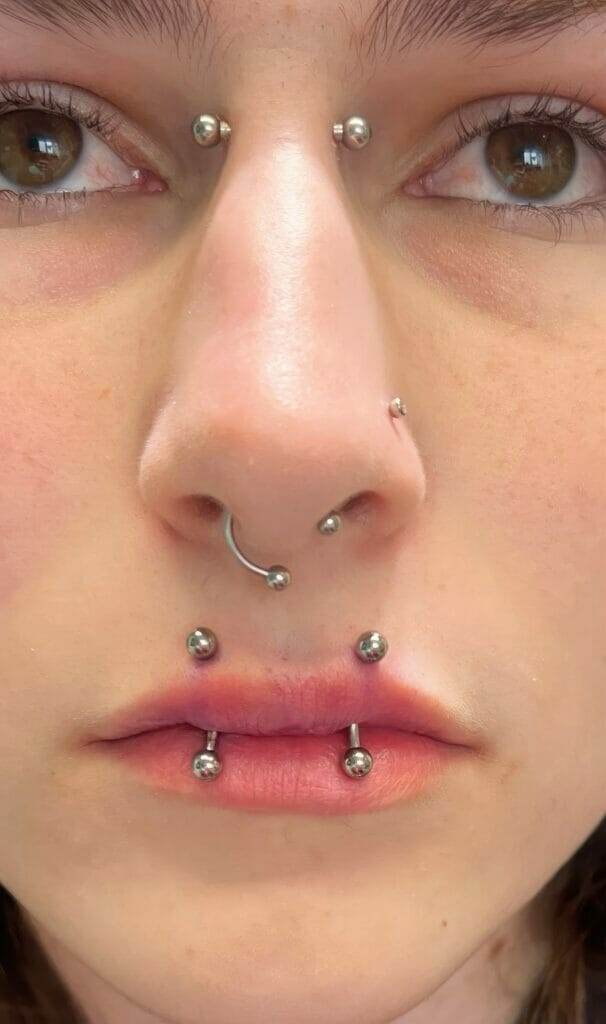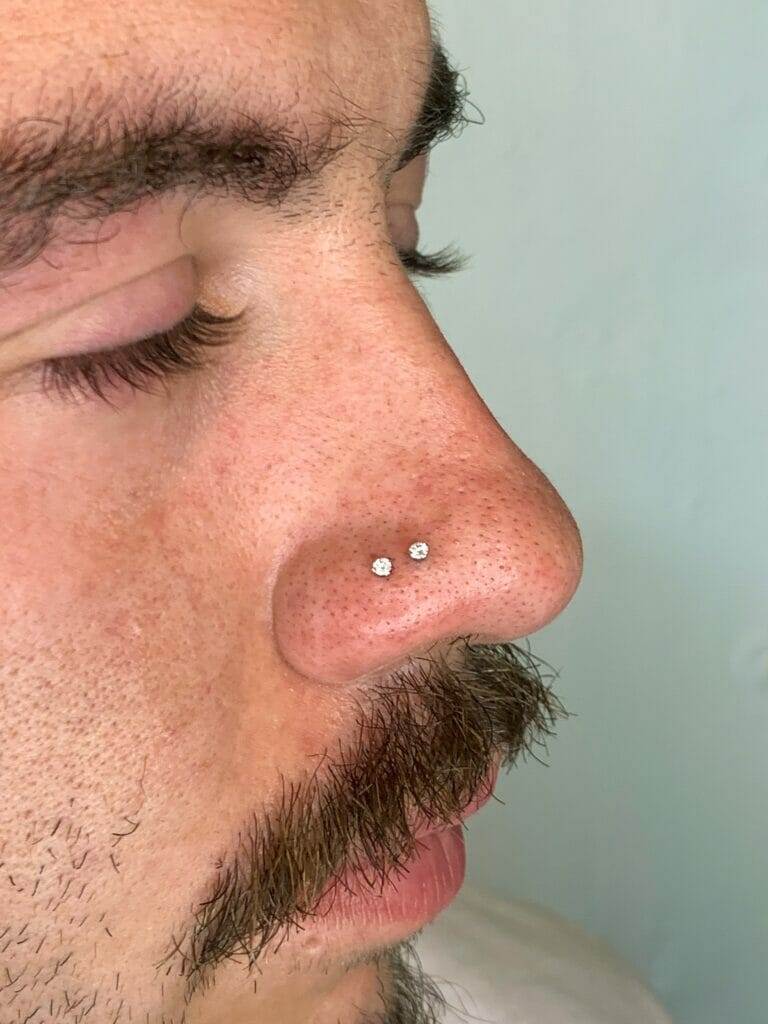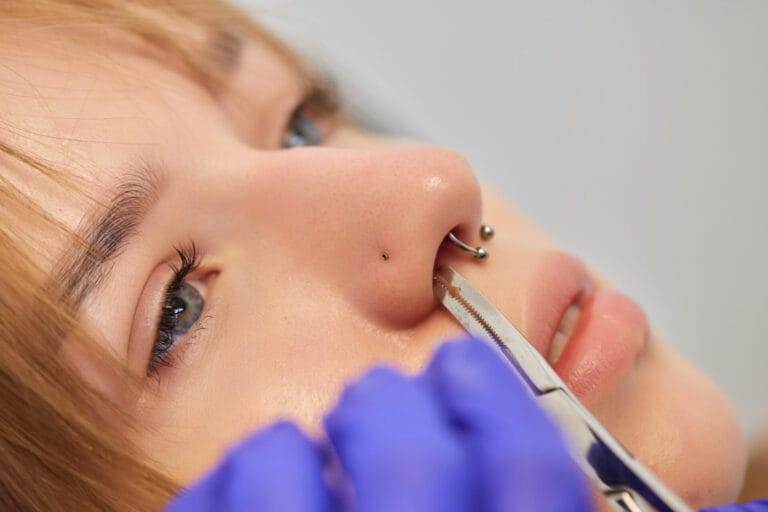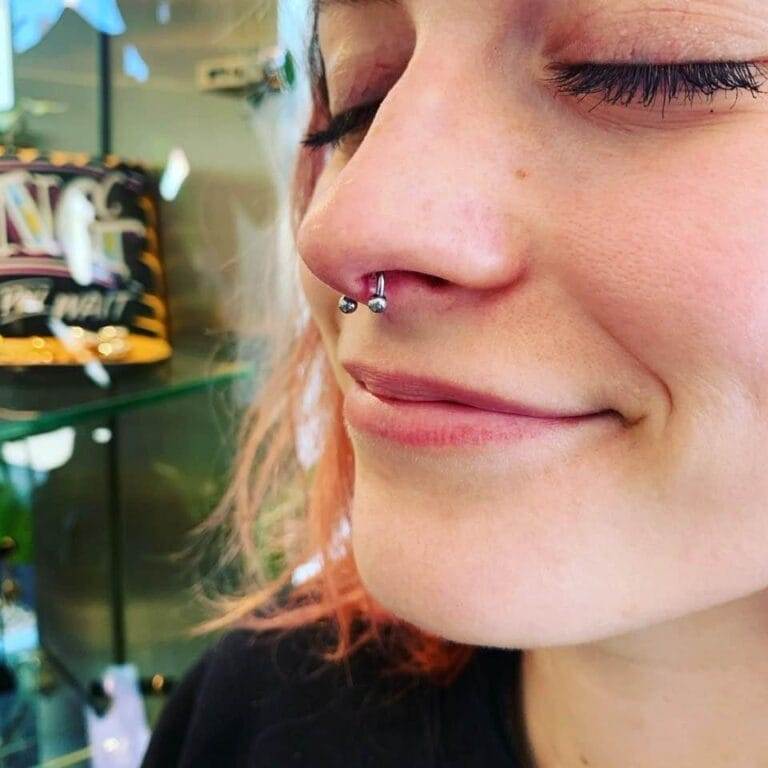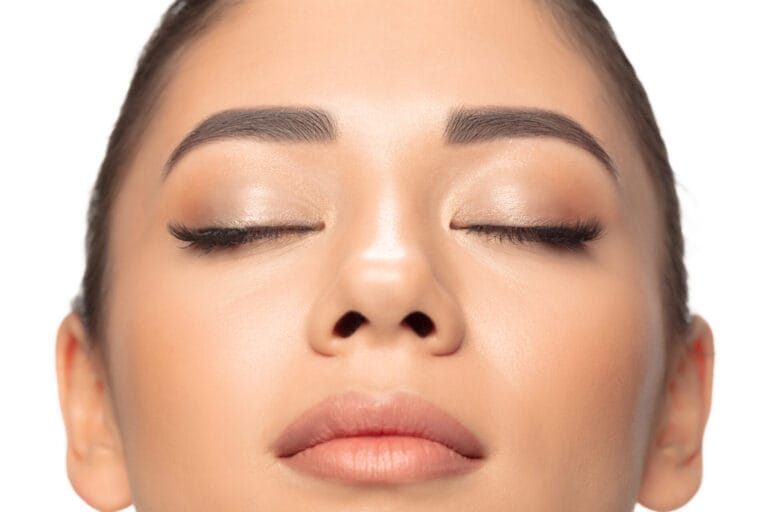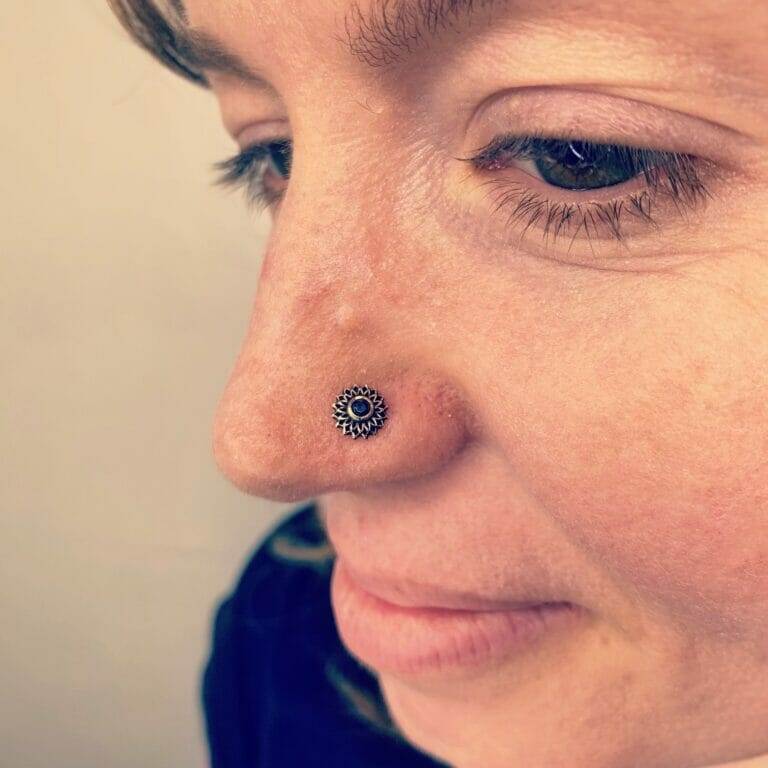The Role of a Professional Body Piercer
Introduction to the profession
Body piercing has become increasingly popular in recent years as a form of self-expression and personal adornment. A professional body piercer is an individual who is trained and skilled in the art of body piercing. They are responsible for creating holes in a person’s body and inserting jewelry into those holes, typically in areas such as the ears, nose, eyebrows, tongue, and belly button.
A professional body piercer must possess a strong knowledge of human anatomy, specifically the anatomy of the areas they will be piercing. They must also have a keen eye for detail and aesthetics, as they will be working closely with clients to determine the appropriate size and style of jewelry that will best suit their individual needs.
In addition to the technical skills required, a professional body piercer must also have excellent communication and customer service skills. They must be able to put their clients at ease, explain the process and aftercare procedures, and address any concerns or questions that may arise.
Legal and safety requirements for body piercing
Professional body piercers are required to adhere to strict legal and safety requirements to ensure the health and well-being of their clients. These requirements may vary from country to country and even from state to state. Some common legal and safety requirements include:
- Obtaining the necessary permits and licenses to legally operate as a body piercer.
- Following strict sterilization procedures to prevent the spread of infections and diseases.
- Using only high-quality, hypoallergenic materials for jewelry.
- Providing thorough aftercare instructions to clients to promote proper healing and minimize the risk of complications.
- Keeping detailed records of each client’s piercing procedures for health and safety purposes.
By adhering to these legal and safety requirements, professional body piercers play a vital role in ensuring the safety and satisfaction of their clients. They help individuals express themselves through body art while prioritizing their health and well-being.
Preparing for a Body Piercing
Understanding the client’s needs and preferences
A professional body piercer plays a crucial role in helping individuals express themselves through body art, ensuring their safety and satisfaction. Before performing a body piercing, they must first understand the client’s needs and preferences. This involves having open and honest communication to determine the specific piercing location, size, and style of jewelry that best suits the individual. The body piercer uses their expertise and knowledge to guide the client through the decision-making process, considering factors such as their anatomy, skin type, and personal style.
Sterilization and hygiene practices in body piercing

The safety and well-being of the client is of utmost importance to a professional body piercer. They adhere to strict sterilization and hygiene practices to prevent the spread of infections and diseases. This includes using sterile instruments, disposable needles, and gloves during the piercing procedure. The body piercer follows proper sterilization techniques for their tools and equipment, ensuring that they are free from any contaminants. They also maintain a clean and sanitized workspace to minimize any potential risks.
To further protect the client’s health, professional body piercers use only high-quality, hypoallergenic materials for jewelry. They provide thorough aftercare instructions to promote proper healing and reduce the risk of complications. This includes recommending safe cleaning solutions and advising clients on how to avoid irritation or infection during the healing process.
In conclusion, a professional body piercer is skilled in the art of body piercing and ensures the client’s safety and satisfaction. By understanding the client’s needs and preferences and adhering to strict sterilization and hygiene practices, they play a vital role in creating a positive and enjoyable body piercing experience.
Different types of body piercing jewelry
When it comes to body piercing, there is a wide range of jewelry options to choose from. Different types of piercings require different types of jewelry to ensure optimal comfort, healing, and style. Some common types of body piercing jewelry include:
- Studs: Studs are a popular choice for earlobe piercings and are available in various sizes and materials.
- Rings: Rings are versatile and can be used in different piercings such as nostril, lip, navel, and nipple piercings.
- Barbells: Barbells are commonly used in tongue, eyebrow, and industrial piercings, providing a sleek and minimalistic look.
- Captive bead rings: These rings consist of a small bead that fits into the ring, commonly used in ear, nose, and lip piercings.
- Circular barbells: Circular barbells have a horseshoe shape and are often used in septum and nipple piercings.
Factors to consider when selecting jewelry for a piercing
Choosing the right jewelry for a body piercing is essential to ensure proper healing and minimize the risk of complications. Some key factors to consider when selecting jewelry include:
- Material: Opt for high-quality materials such as surgical steel, titanium, or gold to minimize the risk of allergic reactions and infections.
- Size: The size of the jewelry should be appropriate for the specific piercing, ensuring a comfortable fit and allowing for proper healing.
- Style: Consider the individual’s personal style and preferences when selecting the jewelry. There are various designs, colors, and embellishments available to suit different tastes.
- Anatomy: The client’s anatomy plays a crucial role in selecting jewelry. The piercer will consider factors such as the thickness of the skin, placement of the piercing, and potential swelling during the healing process.
Proper placement and alignment techniques
Proper placement and alignment techniques are essential in achieving aesthetically pleasing and functional piercings. Piercers undergo extensive training to ensure accurate placement of the jewelry. They consider factors such as the anatomy, including the natural contours and angles of the body, to create a harmonious look.
Creating unique and customized piercings
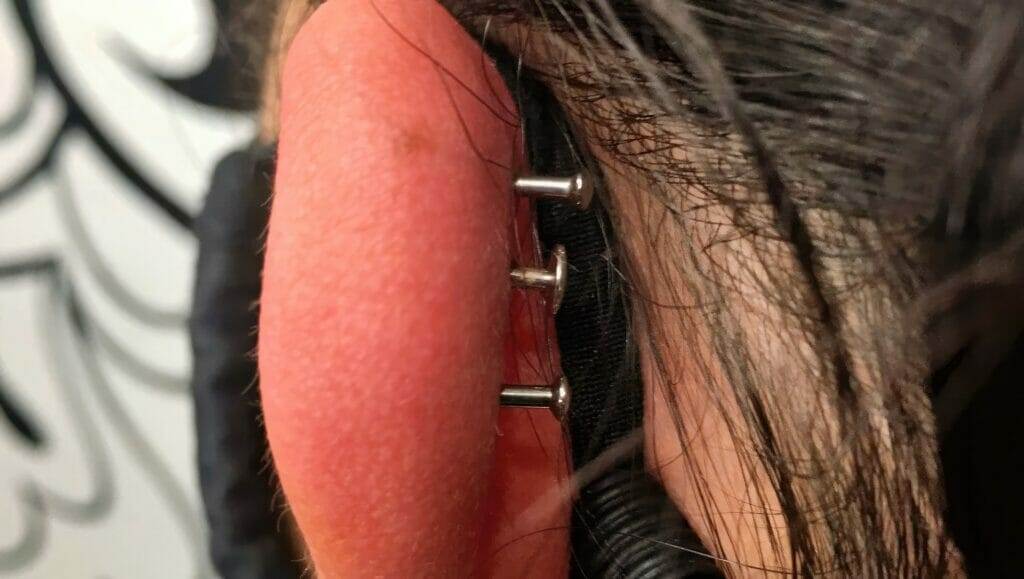
Professional piercers also have the skill and creativity to create unique and customized piercings. They can suggest creative placement options to complement the client’s features and individual style. By discussing their preferences and ideas with the piercer, clients can collaborate to achieve a one-of-a-kind piercing that reflects their personality.
In summary, body piercing is an art form that requires careful consideration of jewelry, placement, and alignment. By selecting the right jewelry and working with a professional piercer, individuals can enhance their body piercing experience and ensure proper healing.
Aftercare and Healing Process
Importance of aftercare instructions
Following proper aftercare instructions is crucial for the healing process of a body piercing. The piercer will provide detailed guidelines on how to care for the piercing site to minimize the risk of infections, irritations, and other complications. Some important instructions include:- Cleaning the piercing site regularly with a saline solution or specialized cleaning solution provided by the piercer.- Avoiding touching or playing with the jewelry to prevent irritation and the introduction of bacteria.- Avoiding swimming in pools, hot tubs, or other bodies of water until the piercing is fully healed to prevent infections.- Avoiding wearing tight clothing or sleeping on the piercing to allow proper airflow and minimize friction.
Common complications and how to prevent them
While proper aftercare can greatly reduce the risk of complications, some issues may still arise during the healing process. Some common complications include:- Infections: Signs of an infection include increased pain, redness, swelling, pus, or a foul odor. To prevent infections, it is important to follow the aftercare instructions, avoid touching the piercing with dirty hands, and refrain from using harsh products on the piercing site.- Irritation: Factors such as excessive movement, friction, or exposure to certain irritants can cause irritation. To prevent irritation, it is important to avoid touching the piercing, wearing tight or restrictive clothing, and using harsh cleaning solutions.- Rejection: In some cases, the body may reject the jewelry due to factors such as allergies, improper placement, or the body’s natural response. To minimize the risk of rejection, it is important to choose high-quality jewelry made from hypoallergenic materials and to visit a professional piercer who can properly place the jewelry.
By following the aftercare instructions provided by the piercer and being aware of common complications, individuals can ensure a smoother healing process and minimize the risk of complications. It is important to consult a professional piercer if any concerns or issues arise during the healing process.


